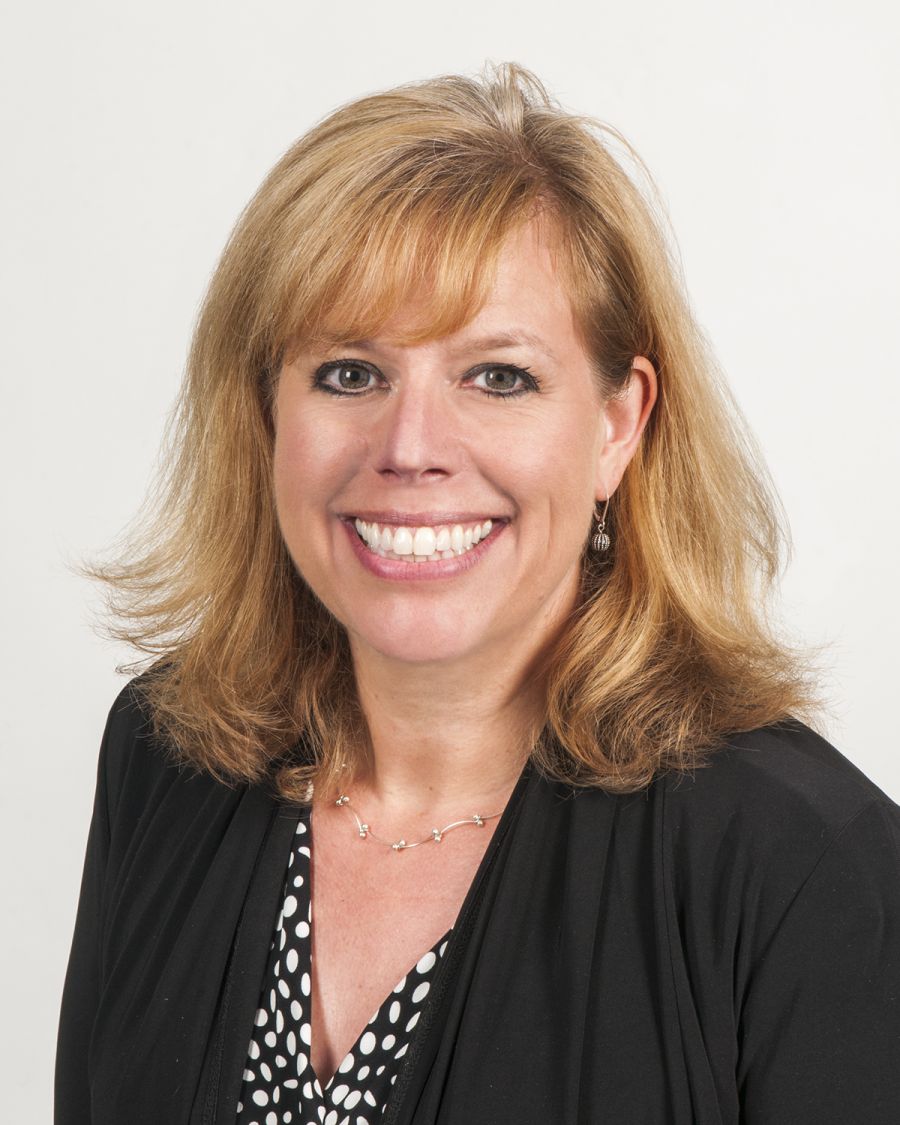


In 2018, we surveyed the community and received responses from more than 1,500 people. In this needs assessment, we learned that our stakeholders did not know the scope of our offerings and many hoped for new programs to be developed at the college. Feedback from this survey helped us create our FY2020-2022 Strategic Plan which includes new program development as one of our key drivers with the goal to design and deliver community-responsive programming.
The survey results also led to the creation of the Office for Learning Outcomes, Curriculum and Program Development. These three distinct areas are unified by outcomes. Outcomes are integral to the division’s success because outcomes support curriculum and learning. In addition, new programs cannot be developed without outcomes.
Dorothy in L. Frank Baum’s book The Wonderful Wizard of Oz said, “If we walk far enough, I’m sure we shall sometime come to someplace, I’m sure.” Wouldn’t it have been easier if Dorothy, the scarecrow, the cowardly lion and the tin woodman set their outcome as the Emerald City in the first place? Similarly, in the words of Lewis Carroll in Alice in Wonderland, “If you don't know where you are going, any road can take you there.” This may be true, but wouldn’t we want to be deliberate so that our final destination is somewhere intentional and desirable?
Student Learning Outcomes are similar to a map. Once we have identified where we want to go (our outcome), the map, or in this case our curriculum and faculty, will help us get there. We assess our outcomes to confirm we arrived at our planned destination. If we discover that we took another path, results from the assessment of outcomes provides us with the opportunity to adjust our route to get us where we want to go.
In courses and programs at Waubonsee, we are intentional. Our faculty create learning outcomes and design curriculum aligned to those outcomes to teach students the knowledge, skills and abilities to prepare for careers or transfer to four-year institutions.
In curriculum development, we start with the end in mind. This is also called Backwards Design. This method of creating curriculum asks users to begin with the end, or our desired results, which are our outcomes.
Waubonsee starts with the end in mind when we are developing new programs. To ensure we are creating the right outcomes, research and data are analyzed to make certain that we are offering programs aligned to community needs and employment trends.
Each new program idea receives an initial review to determine alignment to: our college mission; labor market demand; industry feedback; alignment to secondary programs in our district high schools; student interest; competing programs in the area; and space, equipment and technology needs. If the review demonstrates high demand, rapid growth and high wage, a program is considered further.
Our new program in Cybersecurity, designed to provide fundamental skills in managing information security, met the program development requirements above. Cybersecurity courses are being offered this fall in our newly reimagined Plano Campus Innovation and Design Center. Another program meeting the required criteria is Paralegal Studies which is designed to prepare our graduates to work within the legal profession. We began curriculum development for both programs with outcomes. To create outcomes, we met with working professionals in the respective field to understand the requirements of employment, accreditation, associations and professional certifications to ensure that our outcomes aligned with industry needs. We started with the end in mind in order for graduates to be prepared for entry-level work.
Assessing outcomes helps us know that we are preparing our students to gain the knowledge, skills and abilities needed to be successful. We assess our outcomes to confirm our effectiveness and to provide us with the opportunity to plan improvement. Outcomes are the guided path to get us where we want to go.
In the words of educator Laurence J. Peter, "If you don’t know where you are going, you will probably end up somewhere else." We certainly don’t want to end up somewhere else; therefore, we deliberately and continually use outcomes to make sure we achieve our goals so that our students are successful.
If you are interested in more information about Backwards Design, see Grant Wiggins and Jay McTighe’s book Understanding by Design.
Updated December 9, 2020

